Antioxidant
Other Auxiliary Agent
Petroleum Additives
Adsorbent
Water Treatment Chemicals
Rubber Additives
Adhesive Additives
Cross-Linking Agent
Flame Retardants
UV Absorbers
Organic Extractant
Resin Additives
Electronics Chemicals
Pesticide Additives
Building Chemicals
Plastic Additives
Oilfield Chemicals
Adhesive
Plastic Rubber Chemicals
Paper Additives
Molecular Sieve
Coating Additives
Textile Auxiliaries
Fluorescent Brightener
Polyethylene Glycol Derivatives
Coupling
Forest Chemicals
Leather Auxiliary Agents
Beneficiation Agents and Smelting Additives
Dye Auxiliaries
CAS:1321-94-4
Molecular Formula:C11H10
Alias
More Information
Mixed Methylnaphthalene; 1(Or2)-Methylnaphthalene; Naphthalene, Methyl-; Mix-Methylnaphthalene; Monomethylnaphthalene; 1-Methylnaphthalene; Alpha-Methylnaphthalene; Petroleum Methylnaphthalene
Brief Introduction
Methylnaphthalene is the main raw material for the production of disperse dye auxiliaries (dispersants). It can also be used as heat carrier and solvent, surfactant and sulfur extractant. It can also be used to produce plasticizer and fiber dyeing aid. It can also be used as standard fuel for the determination of alkane number and cetane number.
Suppliers
View More Vendors (3) >
CAS:2439-35-2
Molecular Formula:C7H13NO2
Alias
More Information
2-(Dimethylamino)Ethyl Prop-2-Enoate; Dimethylaminoethyl Acrylate; DA; Dmaea; Adame; DAA; 2-Propenoic Acid, 2-(Dimethylamino)Ethyl Ester; Acrylic Acid 2-(Dimethylamino)Ethyl Ester; 2-Dimethylaminoethyl Prop-2-Enoate; 2-(Dimethylamino)Ethyl Acrylate; 2,2-Dimethylaminoethyl Acrylate; 2-(Acryloyloxy)Ethyldimethylamine; Acrylic Acid 2-(Dimethylamino)Ethyl; Propenoic Acid 2-(Dimethylamino)Ethyl Ester
Brief Introduction
2-dimethylaminoethyl acrylate appears as a colorless to light yellow liquid with an acrid odor. Insoluble in water and floats on water. Irritates the eyes and produces tears.
Suppliers
View More Vendors (3) >
CAS:112-35-6
Molecular Formula:C7H16O4
Alias
More Information
MTG; TGME; TEM; 2-(2-(2-Methoxyethoxy)Ethoxy)-Ethano; 2-[2-(2-Methoxyethoxy)Ethoxy]-Ethano; 3,6,9-Trioxa-1-Decanol; Tmat; Methoxytriethylene Glycol
Brief Introduction
This product is used as brake fluid and chemical raw materials.
Suppliers
View More Vendors (3) >
CAS:65996-62-5
Alias
More Information
Strke, Oxidiert; Starch, Oxidised; Starch, Bleached; Starch, Oxidized; 2-[2-[[3,4-Dihydroxy-6-(Hydroxymethyl)-5-Methoxyoxan-2-Yl]Oxymethyl]-6-[4,5-Dihydroxy-2-(Hydroxymethyl)-6-Methyloxan-3-Yl]Oxy-4,5-Dihydroxyoxan-3-Yl]Oxy-4-Hydroxy-6-(Hydroxymethyl)-5-Methoxyoxan-3-One; Modified Starch
Brief Introduction
Thickening agent; Emulsifier; Binder. It can be used as binder and starch jelly for surface seasoning of fried food. In bread production, it can improve gas holding capacity, shorten fermentation time and increase bread volume.
Suppliers
View More Vendors (3) >
CAS:9084-06-4
Molecular Formula:C21H14Na2O6S2
Alias
More Information
Naphthalenesulfonic Acid,Polymer With Formaldehyde,Sodium Salt; Sodium Salt Of Alkylnaphthalenesulfonate Formaldehyde Polymer; Formaldehyde-Naphthalenesulfonic Acid Condensate Sodium Salt; Sodium Naphthalene Sulfonate Formaldehyde Condensate; Dispersing Agent CNF; Diffusing Agent MF; Dispersant MF; Dispersant Agent MF
Brief Introduction
Dispersant MF is mainly used as dispersant and filler for vat dyes and disperse dyes. It is mainly used as processing agent and dispersant for the grinding of disperse dyes and vat dyes. Its performance is better than dispersant n. Dispersant MF has the advantages of good grinding effect, good dispersion, heat resistance and stable dispersion at high temperature. It is more resistant to high temperature and stable than dispersant n. Dispersant MF can make the dye bright, increase the color power and color evenly. Dispersant MF can also be compounded with various dispersants to meet the commercialization requirements of various disperse dyes and vat dyes; It can also be used as early strength water reducing agent for concrete; It can be used as dispersant for grinding vat dyes and dispersant for vat dye suspension dyeing; As well as latex stabilizer in rubber industry and tanning aid in leather industry.
Dispersant MF is mainly used as dispersant and filler for vat dyes and disperse dyes. It is mainly used as processing agent and dispersant for the grinding of disperse dyes and vat dyes. Its performance is better than dispersant n. Dispersant MF has the advantages of good grinding effect, good dispersion, heat resistance and stable dispersion at high temperature. It is more resistant to high temperature and stable than dispersant n. Dispersant MF can make the dye bright, increase the color power and color evenly. Dispersant MF can also be compounded with various dispersants to meet the commercialization requirements of various disperse dyes and vat dyes; It can also be used as early strength water reducing agent for concrete; It can be used as dispersant for grinding vat dyes and dispersant for vat dye suspension dyeing; As well as latex stabilizer in rubber industry and tanning aid in leather industry.
Suppliers
View More Vendors (3) >
Inquiry (
10
/ 10
)
Clear All
Sign In
Error!


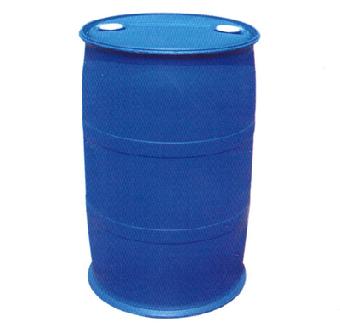
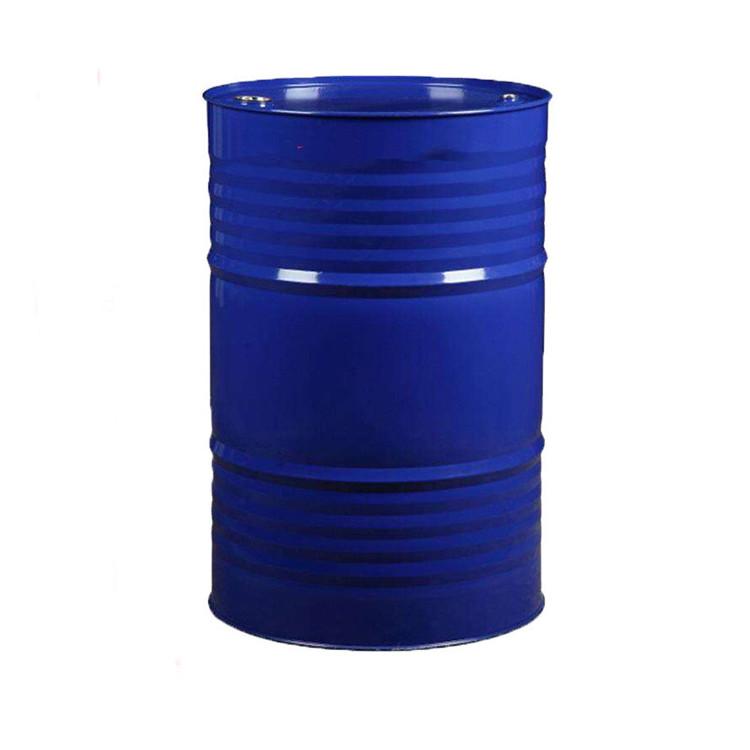
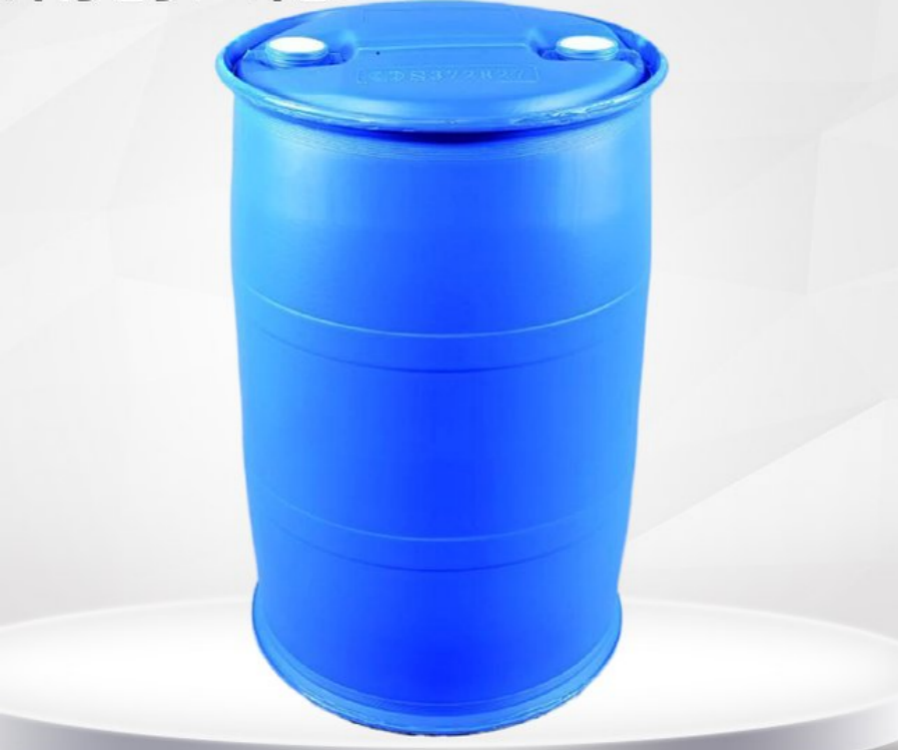
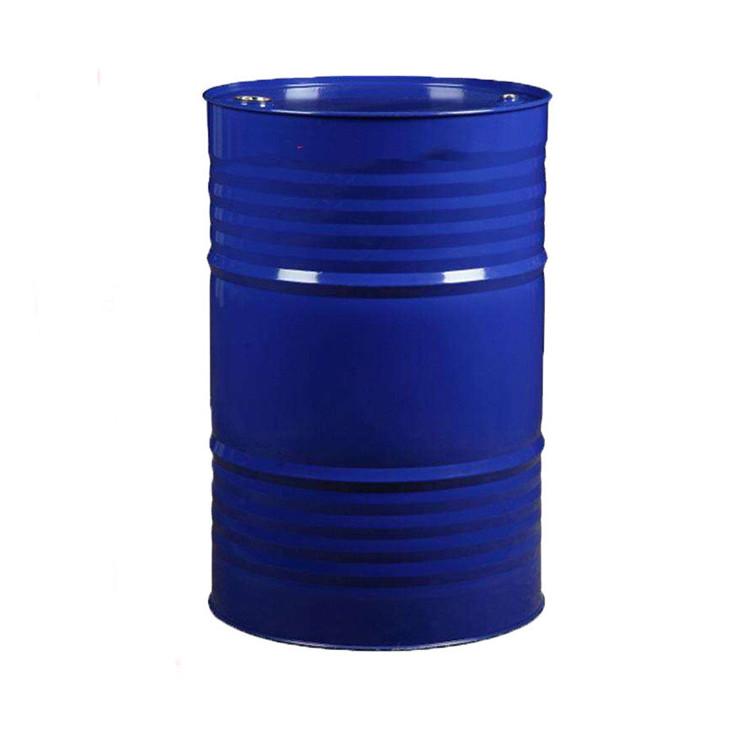
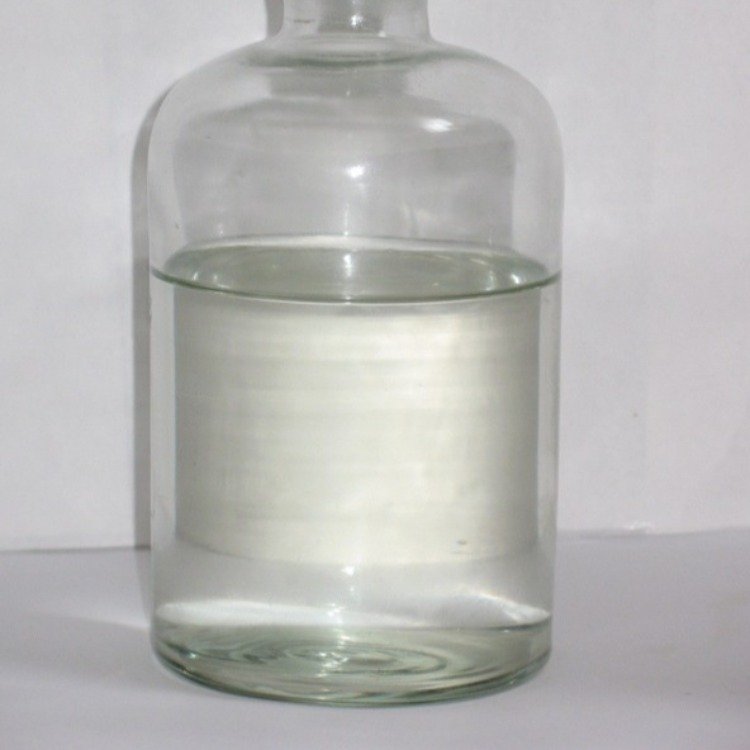
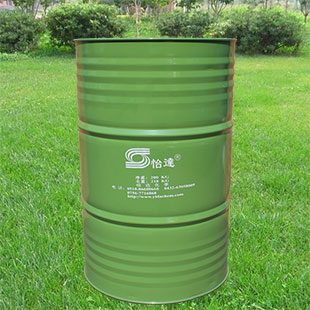
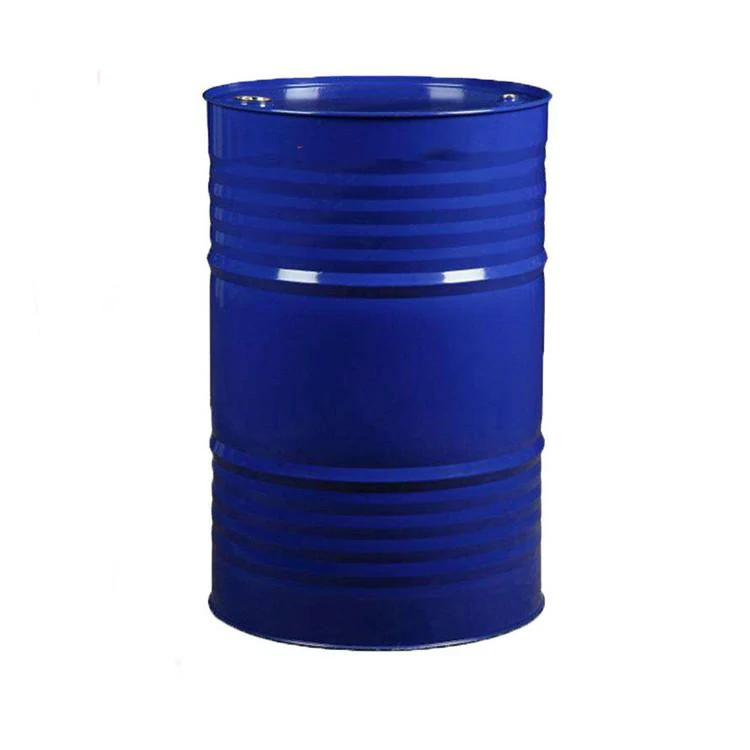
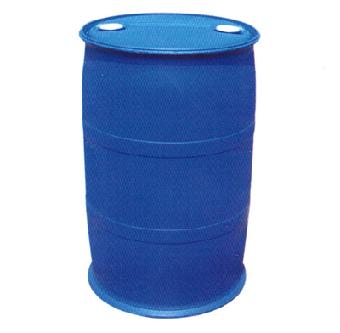
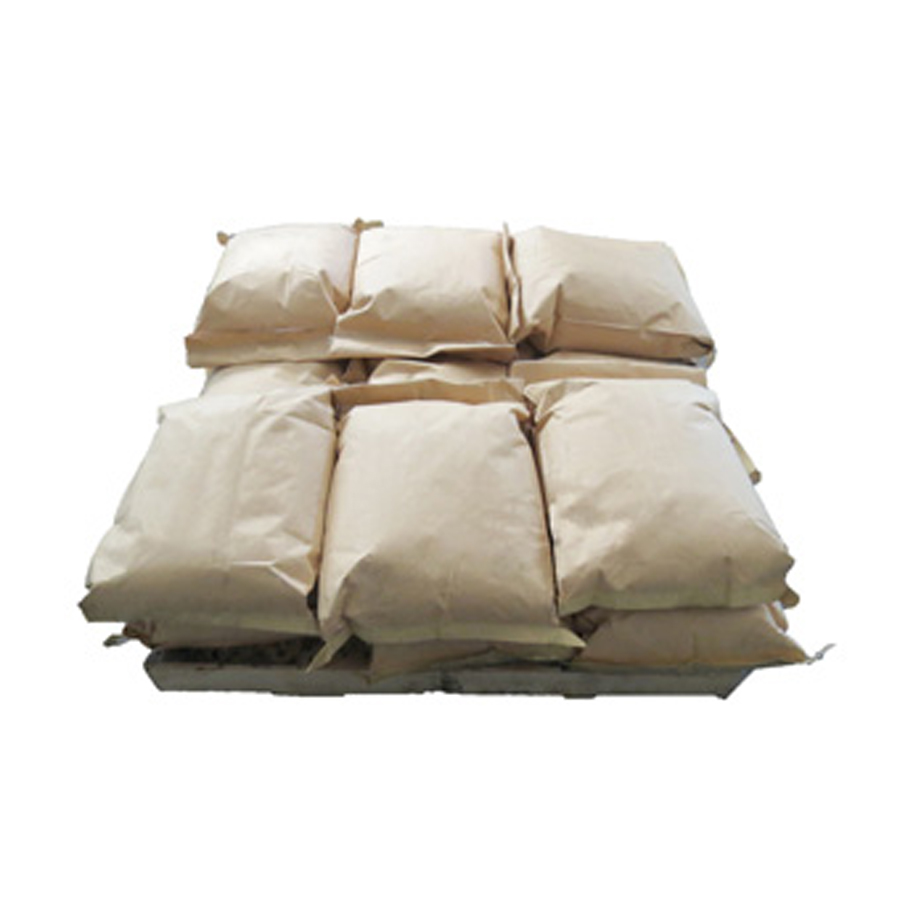
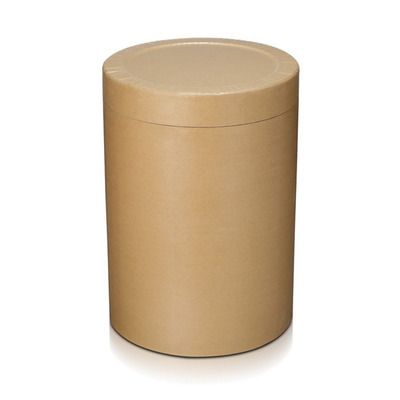
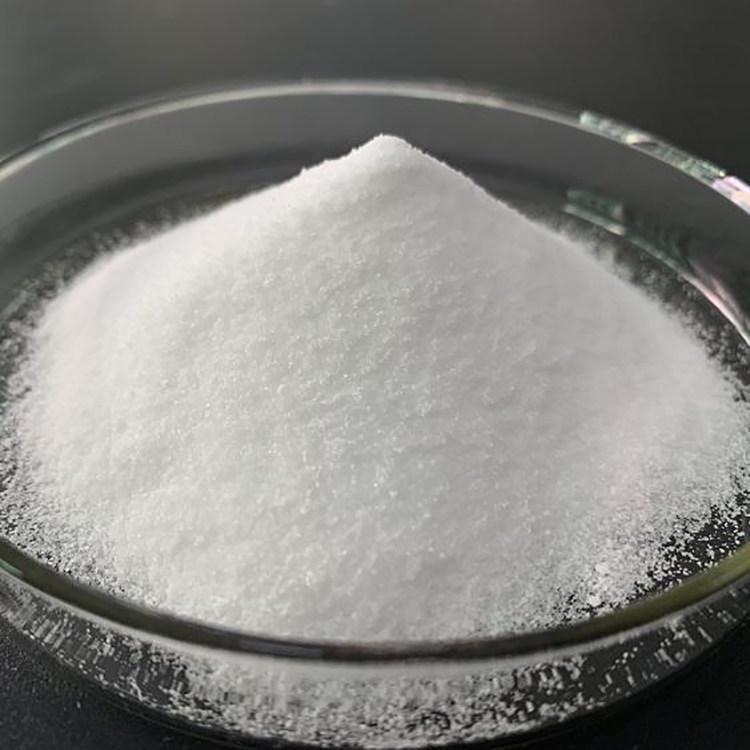
![Sodium poly[(Naphthaleneformaldehyde)Sulfonate]](https://res.chemball.com/upload2/30f2d1ca-be6f-4583-b10f-c923ccb3448f.jpg)
![Sodium poly[(Naphthaleneformaldehyde)Sulfonate]](https://res.chemball.com/upload2/50671177-0b38-477f-bcd7-ee8e583951fa.png)
![Sodium poly[(Naphthaleneformaldehyde)Sulfonate]](https://res.chemball.com/upload2/07cd4880-00b6-4aa6-ab49-890c5e9964f4.png)